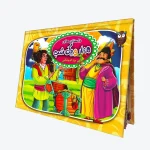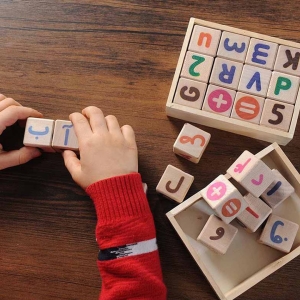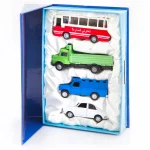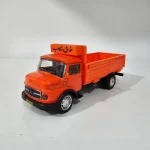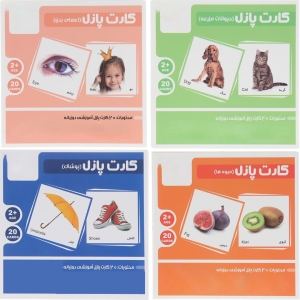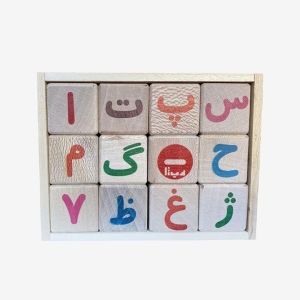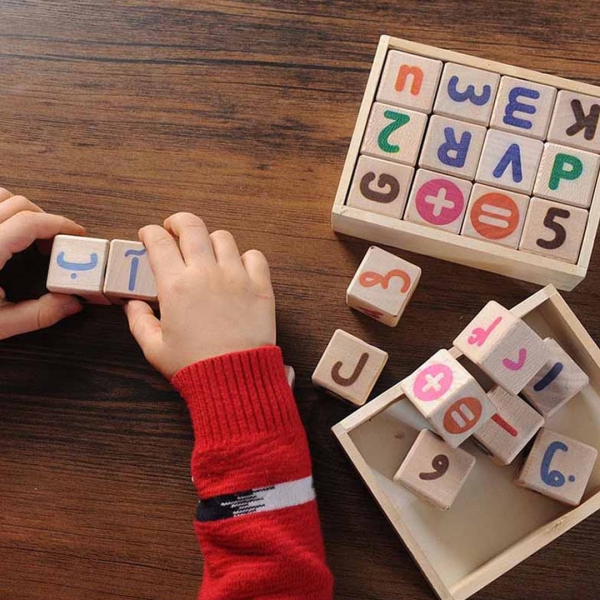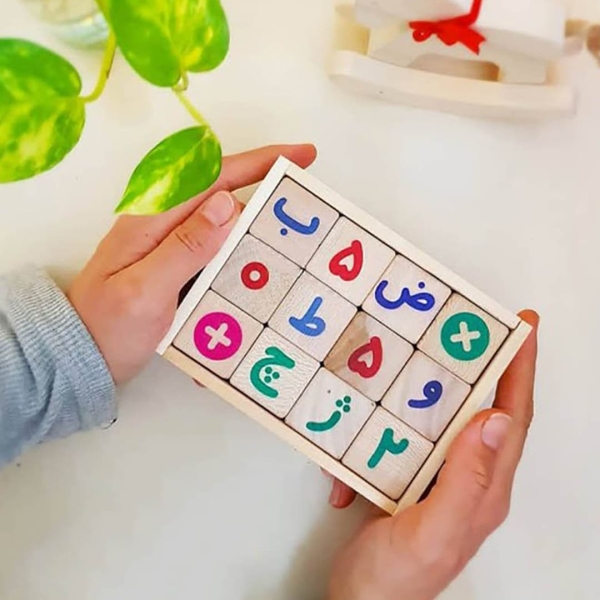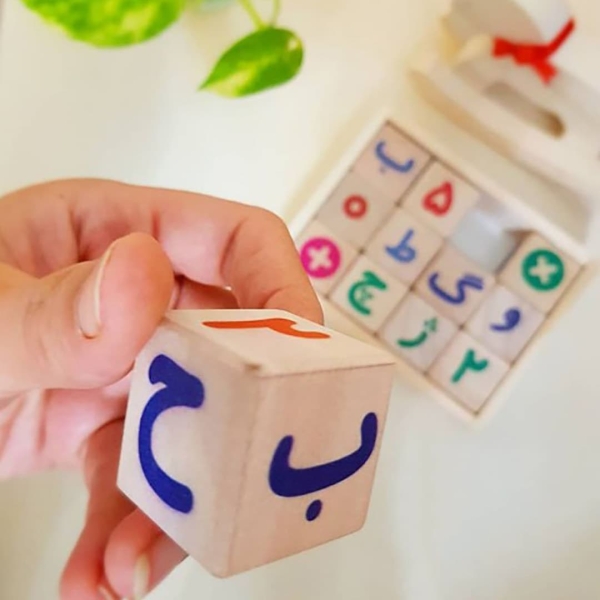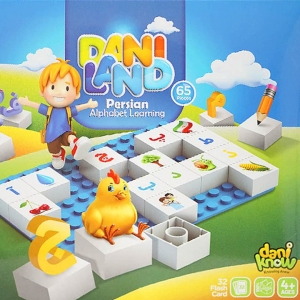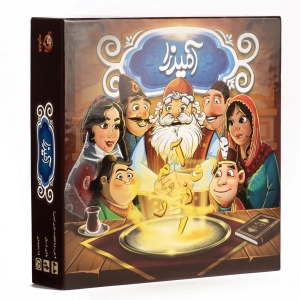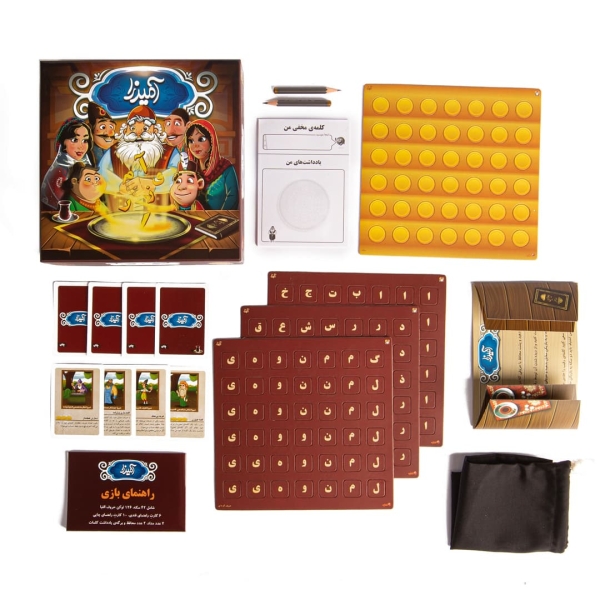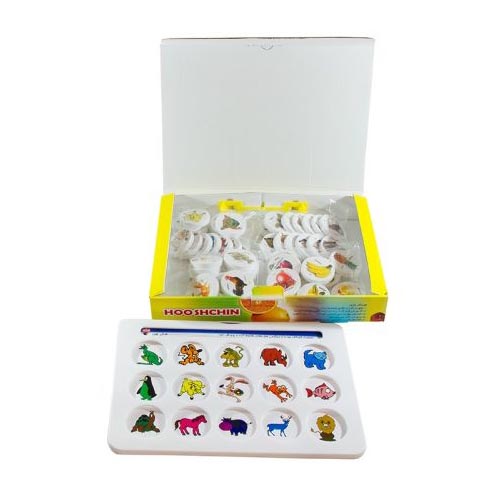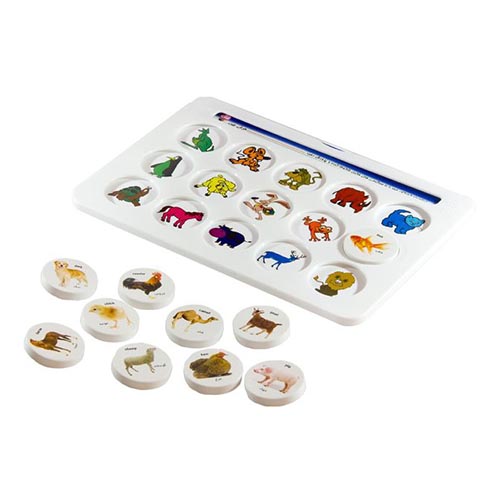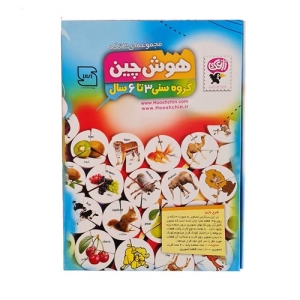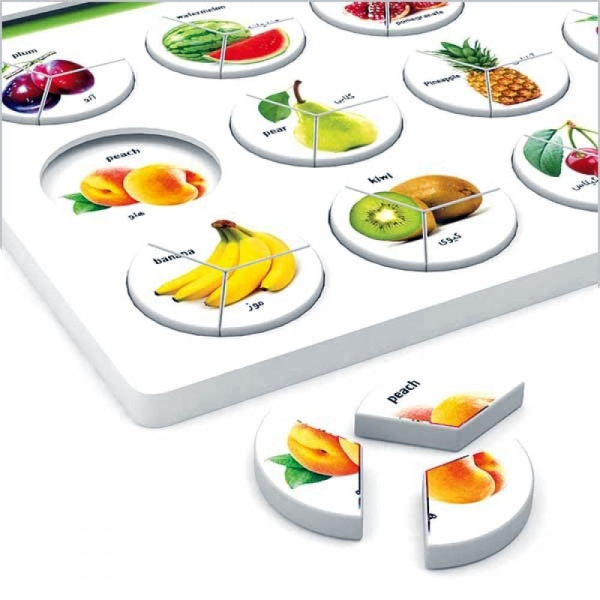Education
Welcome to Persis Collection, where we specialize in Persian educational games and learning tools for children. Our collection features and interactive products such as Persian alphabet blocks, learning puzzle cards, to make learning Persian numbers fun and effortless.
Farsi Alphabet Learning Lego Land
Original price was: $78.08.$51.07Current price is: $51.07.SmartMind Trio for Children Ages 3 to 6
Original price was: $38.40.$24.32Current price is: $24.32.Art of Persian Calligraphy: Educational Games and Learning Tools for Kids
Discover the Joy of Learning with Persian Educational Games
Incorporating educational games into children’s learning routines is an essential strategy to make education enjoyable, interactive, and engaging. In the world of Persian learning, where the intricate art of language and script is taught, there are many creative ways to teach Persian letters, numbers, and words to children. These methods allow for playful learning experiences that enrich the minds of young learners. For parents and educators looking for innovative learning tools, Persis Collection offers a variety of Persian educational games designed specifically to promote literacy and numerical skills in young children.
Persian Learning Puzzle Cards: An Interactive Way to Teach Persian
When it comes to kids’ education, learning games for kids like Persian learning puzzle cards are an effective method. These cards introduce children to the Persian alphabet through play, making the learning process fun and memorable. Puzzle cards challenge children’s cognitive skills as they attempt to form words, sentences, or match letters to their corresponding sounds.
These cards provide an innovative approach to learning through problem-solving, as children must think critically to solve each puzzle. Puzzle cards also help develop fine motor skills and hand-eye coordination. These are key foundations for early childhood education. As children assemble the cards, they boost focus and attention to detail—skills that support their overall learning journey.
The bright, colorful designs keep kids engaged. This turns education into a fun and rewarding game. Parents can observe noticeable progress as their children advance from simple letter recognition to reading entire Persian words. These learning games introduce the Persian language while also promoting structured play—an essential part of childhood education.
Iranian Intellectual Games: Promoting Critical Thinking and Creativity
Iranian intellectual games combine both fun and learning, offering a well-rounded approach to child education. These games not only help children learn Persian but also hone essential cognitive skills such as critical thinking and creativity. One great example of a learning game for toddlers is Persian Learning Puzzle Cards. These fun puzzles help kids solve language-based challenges while staying engaged.
When parents include these games in daily routines, children get more than just exposure to Persian—they also enjoy the cognitive benefits of puzzles, memory games, and letter-building activities. For instance, Persian alphabet Legos let kids build letters and form words. This boosts both language skills and creativity. These games are ideal for different developmental stages, from toddlers to elementary school students.
Teaching Persian Numbers: Fun with Educational Number Blocks
One of the most effective ways to teach young learners the Persian language is through the use of Persian number blocks. These blocks help children understand basic numbers while improving their counting skills. Number blocks are especially helpful in teaching Persian math fundamentals, making learning intuitive and enjoyable.
For example, Persian number blocks can introduce concepts like counting from 1 to 9 or simple arithmetic operations like addition and subtraction. These blocks serve as a bridge between play and education, providing an engaging learning tool that keeps children interested. Additionally, as kids manipulate the blocks, they develop spatial awareness and problem-solving skills.
Persian Alphabet Blocks: The Building Blocks of Language Mastery
Alphabet blocks are a fantastic method for helping children learn the Persian alphabet while enhancing their creativity. As children handle Persian alphabet blocks, they familiarize themselves with the individual letters and their corresponding sounds. This helps build their phonetic knowledge, preparing them for reading and writing.
The ability to physically manipulate letters fosters learning through sensory engagement. Alphabet blocks support both visual and tactile learning styles, making the educational experience richer and more immersive for children. As they arrange the blocks to form words, children develop better recognition of letters and spelling patterns, which strengthens their overall language skills.
Combining Play and Learning for the Best Kids Games Education
Persian learning tools like puzzle cards, alphabet blocks, and number blocks blend fun with education. They offer a playful way for children to start learning the Persian language. These tools turn learning into a stress-free experience while building a solid foundation for future growth. Parents who want their children to become fluent in Persian from an early age will find these interactive tools especially helpful.
Whether it’s building fine motor skills with puzzle cards or learning numbers and letters through blocks, these games support early development. They make learning enjoyable and meaningful. At the same time, they help kids stay connected to their Persian heritage.
Persian Educational Games FAQs:
- How do Persian alphabet blocks help children learn the Persian language?
Persian alphabet blocks allow children to visually and physically engage with the Persian script, helping them recognize letters and form basic words, which makes language learning fun and hands-on. - What materials are used to make Persian educational games?
Most Persian educational tools, like alphabet blocks and puzzle cards, are made from child-safe, durable materials such as wood, non-toxic plastic, or sturdy cardboard to ensure longevity and safety. - Can Persian educational games be used for bilingual learning?
Yes! These tools are perfect for bilingual families looking to teach their children both Persian and another language, reinforcing vocabulary and language structure in a playful manner. - How can I incorporate Persian educational games into my child’s daily routine?
You can set aside a specific time for educational play each day, allowing your child to engage with puzzle cards or alphabet blocks for 15-30 minutes, which helps them learn consistently through fun, structured activities. - Are Persian learning games suitable for group activities?
Absolutely! These games are ideal for group play, encouraging children to collaborate, learn from each other, and develop social skills while working together on puzzles or building words with alphabet blocks. - Do you offer any Persian educational games specifically for toddlers?
Yes, we have Persian educational tools designed for toddlers, including simple puzzle cards and large alphabet blocks that are easy for little hands to manipulate, introducing them to basic letters and numbers. - Can Persian educational games support homeschooling?
Persian learning games are great for homeschool settings, offering a fun and interactive way to integrate language and math lessons into your child’s home education curriculum. - How do Persian puzzle cards teach language and literacy?
Persian puzzle cards challenge children to match letters and form words, helping them improve their literacy skills while also developing their problem-solving abilities and concentration. - Are there advanced Persian educational games for older children?
Yes, we offer more advanced games, such as complex puzzles and educational Legos, that challenge older children with more intricate word formation and sentence-building exercises. - What benefits do Persian educational games offer beyond language learning?
In addition to language skills, Persian educational games enhance fine motor skills, hand-eye coordination, memory retention, problem-solving, and creativity, making them comprehensive learning tools for children.






